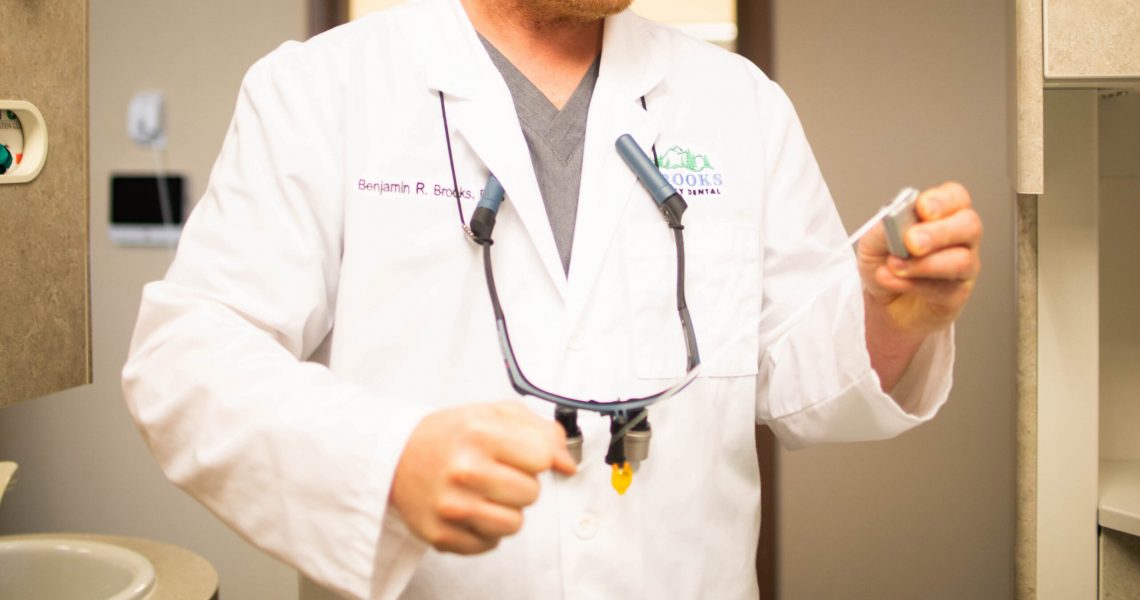In the realm of dental care, there’s one simple practice that can make a significant difference in your oral health: FLOSSING. While brushing your teeth twice a day is essential, it’s equally important to incorporate flossing into your routine. Let’s delve into the benefits of flossing and explore the best practices to make the most of this effective habit!
The Benefits of Flossing
- Removes Plaque and Food Particles:
Flossing reaches areas between teeth and along the gumline that your toothbrush simply can’t access. By dislodging plaque and food particles from these tight spaces, flossing helps prevent the buildup of bacteria, which can lead to tooth decay and gum disease.
- Prevents Gum Disease:
Gum disease, characterized by inflammation and infection of the gums, is a common oral health issue that can lead to serious complications if left untreated. Regular flossing helps remove plaque and bacteria from the gumline, reducing the risk of gum disease and promoting healthy gums.
- Reduces Bad Breath:
Plaque is a bacteria that between your teeth and it can contribute to bad breath. Flossing helps remove these odor-causing bacteria, leaving your mouth feeling fresher and your breath smelling better.
- Enhances Overall Oral Health:
By maintaining good oral hygiene practices, including flossing, you can contribute to your overall oral health. Healthy teeth and gums are not only essential for a beautiful smile but also for your general well-being, as poor oral health has been linked to various systemic health issues.
Best Practices for Flossing
- Choose the Right Floss:
There are various types of dental floss available, including waxed, unwaxed, flavored, and tape floss. Choose one that you find comfortable to use and fits your dental needs. The best floss is the one that you will actually use.
- Floss Daily:
We can’t say this enough “Make flossing a daily habit!” Ideally, you should floss at least once a day, preferably before bedtime, to remove plaque and debris that have accumulated throughout the day.
- Use Proper Technique:
Hold a piece of floss between your thumbs and index fingers, leaving about 1-2 inches of floss to work with. Gently guide the floss between your teeth using a back-and-forth motion, making sure to curve it around each tooth in a C-shape to clean beneath the gumline.
- Be Gentle:
Be careful not to be too rough and follow the curvature of your gums! Avoid snapping the floss into your gums, instead use a gentle sawing motion to ease the floss between teeth and under the gumline.
- Don’t Forget the Back Teeth:
It’s easy to overlook the back teeth, but they are just as susceptible to plaque buildup and decay. Take the time to floss between ALL of your teeth, including the molars at the back of your mouth.
- Rinse and Repeat:
After flossing, rinse your mouth with water to remove any loosened debris and bacteria. Follow up with brushing your teeth using fluoride toothpaste to complete your oral hygiene routine.
- 7. Flossing Alternatives:
If you are unable to use floss, consider a water flosser, such as a WaterPik. A gentle stream of water can help clean out unwanted bacteria as well.
Incorporating flossing into your daily oral care routine is a simple way to promote good oral health and prevent dental problems down the road. By removing plaque and debris from between your teeth and along the gumline, flossing helps protect against tooth decay, gum disease, and bad breath. Remember to floss daily using proper technique and choose a floss that works best for you. Your smile will thank you for it!
If you have any questions or concerns, please give us a call at 775-329-9534!


